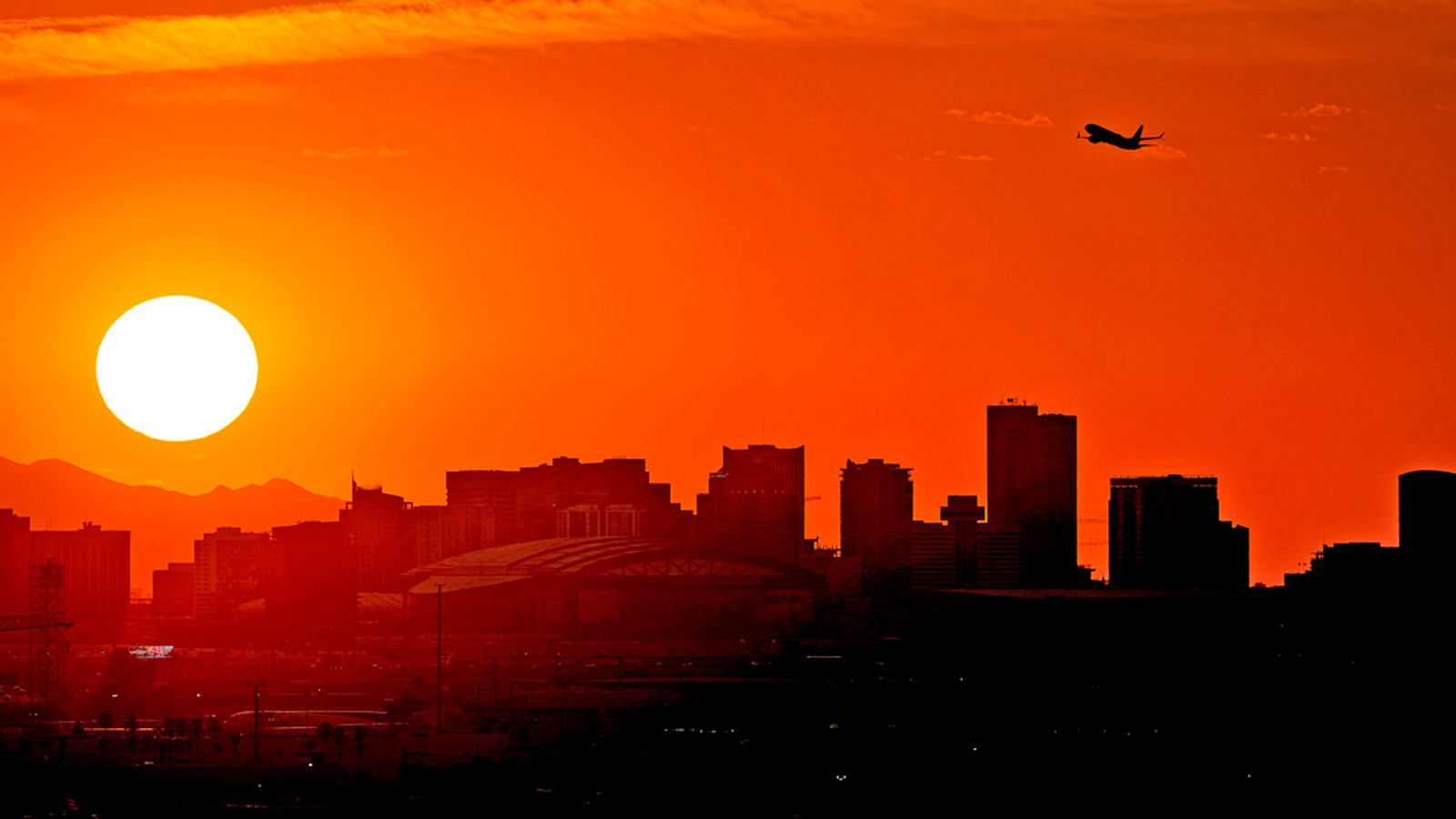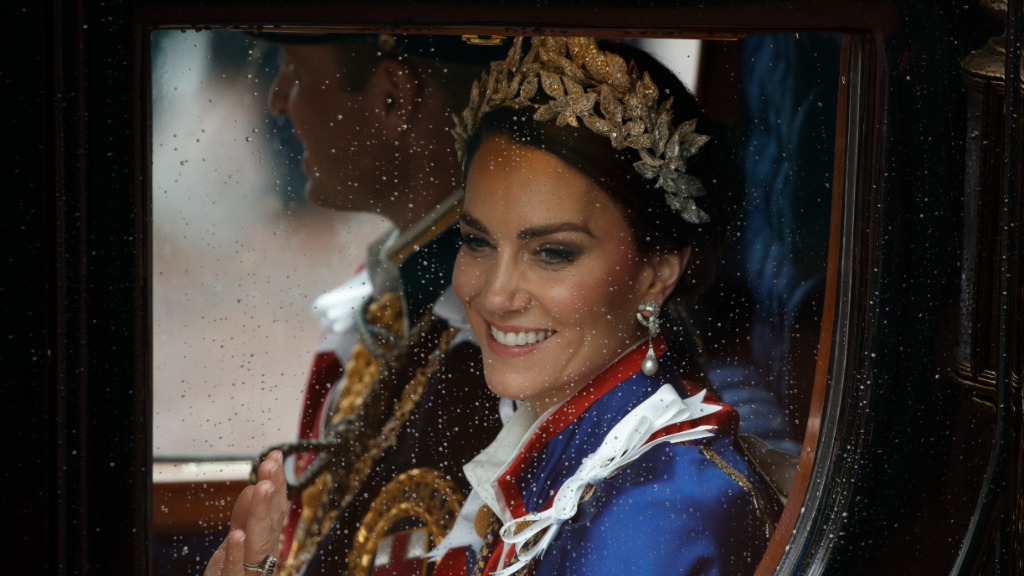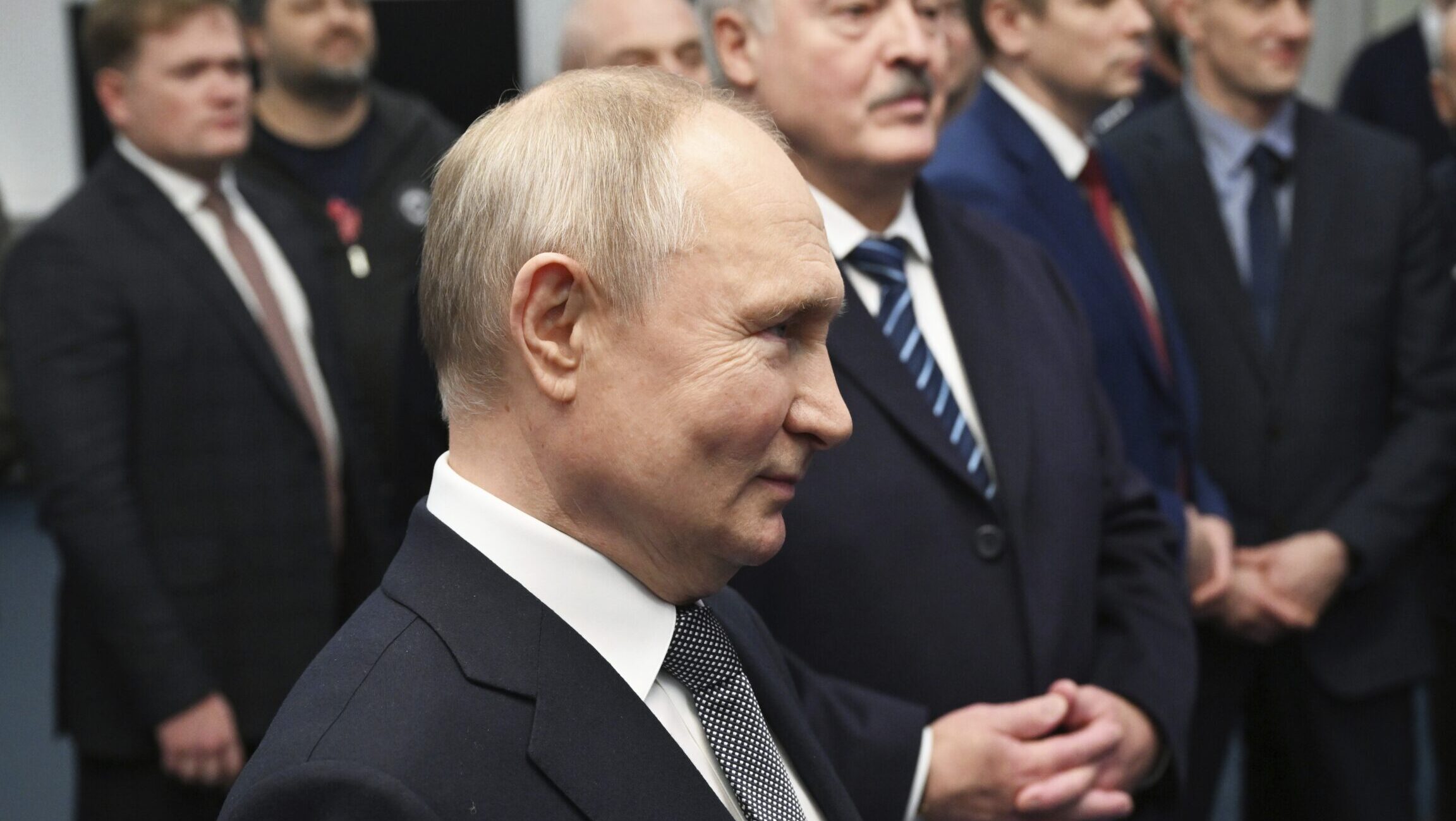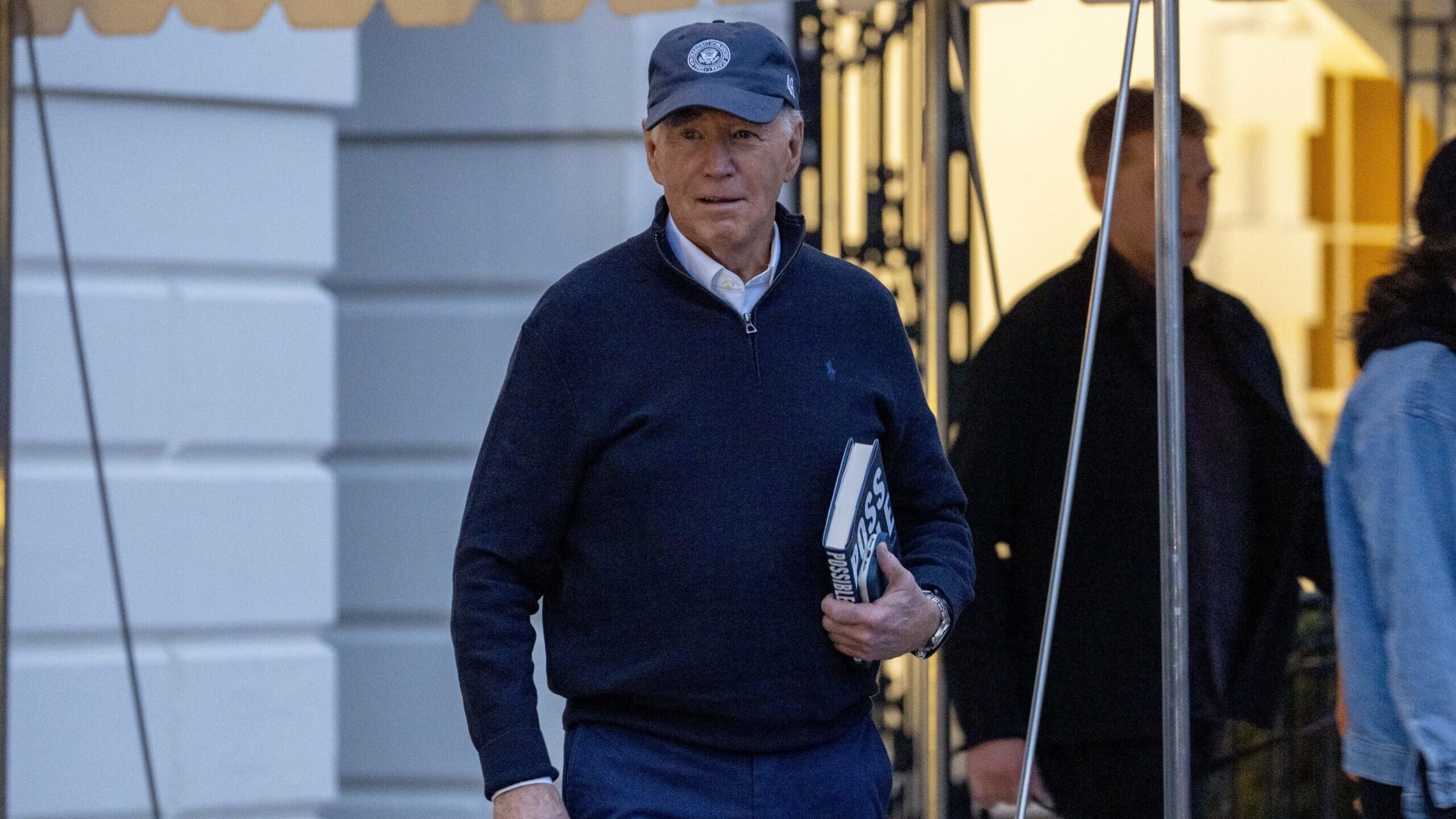From North Korea’s Oz to its forgotten cities
Oct 8, 2012, 1:43 AM
Associated Press
KAESONG, North Korea (AP) – From here, Pyongyang can seem like a dream.
At what passes for rush hour on a Wednesday morning, there are few sounds in Kaesong’s main traffic circle but the gentle squeak of bicycles and a tinny loudspeaker blaring anthems to Kim Jong Un, the baby-faced ruler who took power after his father’s December death (“The footsteps of our respected General Kim! … Spreading the sound of a brilliant future!”).
Occasionally, a solitary car goes by.
There are no nightspots here, no modern apartment complexes, no electricity except for a few hours every evening. The shelves in most stores are noticeably half-empty, and dirt sidestreets lead to clusters of small houses, many little more than shacks, with bulging walls and broken roofs.
It is the reality of North Korean urban life _ with the notable exception of the capital city, 80 miles north of here, in a carefully crafted totalitarian Oz. That contrast, between Pyongyang and every other city in the country, reflects an ever-growing chasm between North Korea’s elite and the daily struggles of everyone else.
Pyongyang has the Dolphinarium, a cavernous aquarium where smiling, fresh-faced trainers in skintight-suits make dolphins dance for ecstatic crowds. There’s the new 3,000-unit Changjon Street apartments, lit up like a movie set long into the night, a proclamation that North Korea has electricity to spare. It has the Sunrise Restaurant, the latest destination for the city’s nouveau riche, where tough-looking men drink grape Fanta from brandy snifters while their drivers wait outside with their Land Cruisers. It has good government jobs and the country’s top university.
“When I finally saw Pyongyang, it was so wonderful, so incredible,” said Kim Jong Hui, a cheerful 51-year-old from the northeastern city of Chongjin. She had traveled for two days on North Korea’s decrepit rail network to make her first visit to the capital city for a series of national day celebrations.
Kim spent a recent afternoon watching friends play on the country’s only putt-putt golf course, a small maze of plastic greens set between a new amusement park and a new swimming complex. “It’s more exciting here, and more beautiful.”
If North Korea can appear outwardly stagnant, a country frozen by poverty and Soviet economic policies, a small but resonant market economy has taken root over the past 15 years or so. While the country still has a per capita GDP of just $1,800 per year, according to U.S. figures, this new economy _ a mix of underground trading, investment funds, particularly from China, and the growth of government-authorized commercial enterprises _ has helped reshape Pyongyang.
Today, the Pyongyang rich, spending their dollars, euros and Chinese yuan, can buy everything from high heels to imported watches. They have bought enough cars in the past couple years to cause the occasional traffic jam.
But few of these changes have gone beyond the capital, and the elite who live there.
“Pyongyang is not just another city,” said a doctor who spent most of his life in Kaesong, but who was educated in the capital. The doctor, who eventually fled to South Korea, spoke on condition of his name not be used, fearing retribution against relatives still living in the North. “It’s like another country.”
The urban divide can be seen in the industrial city of Hamhung, where the skies above the handful of working factories are filled with gray soot, and workers are ferried to the beach on their day off in crowded, cobbled-together trucks powered by wood-burning stoves. It’s visible on the “Youth Hero Highway” outside the port city of Nampho, where there are so few cars on the eight-lane road that it looks like an empty parking lot stretching toward the horizon.
It’s in the province around Chongjin, where U.N. data shows the rate of abnormally short children _ a key indicator of chronic malnutrition _ is 50 percent higher than around Pyongyang.
It’s in Kaesong, where residents even have a little extra money because so many work in South Korean-owned factories in the nearby industrial zone, but who still see themselves as poor country cousins to people from the capital. Few from this city, though, ever move to Pyongyang. Kaesong was part of South Korea before the Korean War, and many of its residents are seen as potential security risks because of family ties to the south.
You can find it in the hospitals of those second-tier cities, according to people who have fled North Korea, and who spoke on condition their names not be used, fearing it would cause trouble for their relatives. They say desperate doctors struggle to treat patients with almost no medicine, using equipment that can be decades old.
It’s not an issue North Koreans will discuss with outsiders, especially not foreign journalists accompanied by government minders. But the contrast is obvious, and people who have fled the country, along with analysts and academics, say the discrepancies cause widespread frustration.
Like so much else in North Korea, the urban divide is really about the politics of single-family rule.
Pyongyang grew after the Korean War into a showcase of Stalinist propaganda, a city of hulking government buildings, enormous stadiums, broad avenues and omnipresent monuments celebrating the lives of founding ruler Kim Il Sung and his son and successor, Kim Jong Il.
It was proof to the world, the regime believed, of the victory of totalitarian socialism. More importantly, it was also a way to reward the regime’s key supporters, and to keep them close.
Pyongyang is a closed city, sealed off by security forces that monitor movement at dozens of checkpoints. North Koreans cannot move there, or even visit, without official permission. Its estimated 3 million residents have been vetted for their ideological purity, or at least their connections to the inner circle.
In many ways, the capital is a complex mixture of facade and reality: blackouts remain commonplace in many neighborhoods; backstreets are dusty and potholed; the outsides of many apartment buildings are splattered with patches of mold.
But life is also far less grim than in the rest of the country. If nothing else, there is the appearance of opportunity.
Top officials in the ruling party, the government and the military live in gated neighborhoods closed to outsiders. They shop in stores filled with goods, and sing karaoke in wood-paneled restaurants. They live and work in constant proximity to power, opening up channels for professional promotion, business opportunities and black market profits.
So when the regime needs to ensure support, it knows where it needs to focus.
“The government is privileging Pyongyang as a political strategy,” said Glyn Ford, a former European Union parliamentarian and international consultant who travels regularly and widely in North Korea. “The people who live in the capital are the people who count. They’re the people who underpin the regime.”
Their support is particularly important right now, with the ascension of third-generation leader Kim Jong Un, who clearly sees his political survival linked to improved standards of living.
His grandfather, Kim Il Sung, was an anti-colonial guerrilla who led the country during North Korea’s Cold War heyday, when the Soviets showered the country with everything from oil to food. Things grew desperate in the next generation, when Kim Jong Il hardened the police state and launched a nuclear program that made the country an international pariah. He led the country through a mid-1990s famine that foreign economists believe killed hundreds of thousands of people.
Now, with Kim Jong Un’s abrupt rise to power, Pyongyang is getting even more.
In just the past few months, the regime has opened the Dolphinarium (which also required a new 30-mile pipeline to pump in fresh seawater), a $19 million amusement park and an elaborate pool-and-water-slide complex. All are filled with adults, and all are wildly popular.
Even in Pyongyang, the top restaurants and karaoke parlors are too expensive for the rank-and-file supporters _ everyone from party bureaucrats to low-ranking soldiers to schoolteachers _ who also need to be kept happy.
Outside of Pyongyang, certainly, there are no $19 million amusement parks.
Asked what Kaesong residents do for enjoyment, a city official paused to think. There’s the pool, Kim Ryong Mun said eventually, though it’s really just for children. Finally, he had something: “Many people go outside and have picnics.”
Kim, with his faded, blue-striped tie and digital camera hanging from his wrist as a sign of his success, blames international sanctions, imposed because of Pyongyang’s nuclear program, for the lack of development.
“We are suffering because of the imperialist powers,” he said, standing near his new chauffeur-driven car in the city center. Nearby, an elderly woman pushed a homemade wheelbarrow filled with bricks. A little later, a man rode by on his bicycle, with handmade shovels tied to it with twine.
Kaesong has “the determination to build a more prosperous city,” Kim said, reciting a propaganda phrase that has become commonplace since the rise of the latest Kim.
“The problem of electricity is now solved,” he said, when pressed about what needed to be done.
But how can that be, if there are only a few hours of power?
“We supply electricity in the evening, so people can enjoy their lives,” he said. During the daytime, he added, the electricity goes to small factories. “This is normal.”
On a recent evening, most lights were out by 10 p.m. Occasionally, though, you could see the orange glow of a cigarette, as a cyclist smoked as he rode home in the darkness.
And somewhere to the north, the lights of Pyongyang’s amusement parks shone brightly.
___
The AP’s David Guttenfelder contributed to this report.
(Copyright 2012 The Associated Press. All rights reserved. This material may not be published, broadcast, rewritten or redistributed.)









